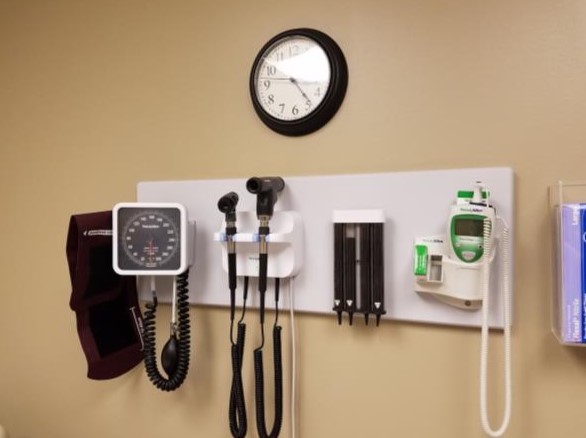21
Sep 2023
Moving Your Clinic Location to a New Address? Go Over These 4 Things
Published in Travel Tips on September 21, 2023

Moving a clinic isn't just about packing and unpacking boxes — it's a strategic undertaking. However, these moves aren't always as smooth as they may seem when on the outside. As you embark on this journey, let’s delve into four crucial considerations to ensure a seamless transition and minimal disruption to your services.
Coordinate Logistics
Being on top of logistics is an absolute necessity during your clinic's move. It ensures that each piece of medical equipment, from the bulkiest MRI machine to the smallest surgical tool, is moved safely and efficiently. During the transition, clinics often put their items into a safe business storage facility ensuring nothing happens to them until they're ready for the move/ Coordinating logistics also involves managing the transfer of confidential patient records in a secure and compliant manner.
Moreover, by meticulously planning out the move, potential issues can be anticipated and resolved before they become problems, therefore minimizing downtime. Ultimately, effective logistics coordination makes the transition smoother, preserves the integrity of your equipment and records, and lets your clinic continue providing care with as little disruption as possible.
Update Licensing And Permits
Making the necessary changes in your licensing and permits ensures that your medical practice complies with local laws and regulations at the new location. Failure to do so can lead to penalties or even closure. Additionally, updated licenses and permits validate the legitimacy of your clinic, maintaining trust and confidence among patients and stakeholders.
They also enable smooth operations, as some suppliers and partners might require valid licenses and permits before they can provide their services. In a nutshell, keeping your licensing and permits up-to-date is an essential step in the relocation process, promoting seamless transition and continued quality care.
Update Marketing Materials
Working in medicine means people will come to your facilities, so it's important to look over all your marketing materials that involve the old address. These could be the following:
● brochures and flyers
● business cards
● website
● social media profiles
● online listings and directories
● newsletter and email campaigns
● posters and banners
● events and workshops
● referral cards
● signage and exterior branding
● branded merchandise
Updating marketing materials with your new address ensures continuous communication with your patients. It avoids confusion, helps retain existing patients, and aids in attracting new ones to your relocated clinic.
Notify Your Patients
Notifying your patients about the move is integral to maintaining their trust and loyalty. Timely communication will ensure they are not inconvenienced by showing up at the old location. Furthermore, it provides an opportunity to reassure them about the continuity of care and service quality at the new clinic.
The familiar faces of care providers at the new location may also alleviate any concerns they might have about the move. This transparent communication approach can help retain existing patients and also attract new ones through positive word-of-mouth.
As you prepare for your clinic's relocation, remember these essential steps. Whether it's coordinating logistics, updating licensing and permits, revamping marketing materials, or notifying patients, each step plays a pivotal role in ensuring a hassle-free move. With careful planning and execution, you'll be welcoming patients at your new location in no time, continuing to provide exceptional care.









